Are you the one struggling to convert your or your client’s website visitor into a customer 😥?
Did you know that, according to the research, 96% of visitors do not buy on their first visit? So it is very important that they come back after their first visit.
So, the best way to target them back is to get their names and email addresses, but here is a problem: most people do not provide their information right away.
So, in this situation, the Lead magnate comes in. It is something where you offer value to visitors in exchange for their details.
Lead magnet only works well if the Landing page is effective.
In this blog, I am going to guide you on how you can write a landing page for a lead magnet.
Remember one thing: lead magnets’ landing pages differ from other types of landing pages.
Whether you are a marketer, entrepreneur, copywriter, or anyone wanting to convert their visitor into a loyal lead, this blog is for you.
I am confident that by the end of this blog, you will be able to write a landing page for a lead magnet that encourages your visitors to provide their information.
In this blog, here is what you will learn:
- The four essential ingredients of a successful landing page.
- How to zero in on your potential customers and tailor your message specifically for them.
- Techniques to package your lead magnet in a way that maximizes its appeal.
- The crucial questions you need to answer before you start writing.
- Tips for writing powerful headlines and subheads that captivate your audience.
- The importance of specificity and uniqueness in your copy.
- How to address your audience’s pain points effectively.
- Crafting a compelling call to action that drives results.
- The final steps you need to take before going live.
So, before starting, I want you to read the entire blog and not miss any single thing. Otherwise, you will be confused. Each step is connected with another step.
Now, let’s dive and uncover strategies to write a perfect landing page for a lead magnet.
Essential ingredients of any perfect landing page
If you want to draw the visitor’s attention toward your lead magnet, which you have mentioned on your landing page, four essential ingredients are necessary. You have to master these four essential ingredients which are:
- Hook your reader.
- Narrow focus.
- Talk like your audience.
- Absolutely irresistible offer.
Hook your Reader
The first essential is that your landing page must have a captivating hook that hooks your reader. You can create the hook with the help of three things which involves:
- Headline.
- Sub-headline.
- Body of copy.
Headline
The headline is the first thing visitors see when they enter your website, so make it count. If it does not grab the attention of the visitor, they will just leave your landing page right away.
So, ensure that your headline is compelling and attention-grabbing, building curiosity in the visitor’s mind that there is something for me to explore.
Example: Transform your marketing in 12 days only!
Sub-headline
A subheadline is used to provide additional support to your headline. In other words, it expands your headline. Use it to provide additional context. By crafting it smartly, you can hook your readers further and keep them reading.
In simple words, your sub-headline must entice readers to continue exploring your landing page.
Example: Join our free webinar series and unlock the secrets to marketing success.
Body of copy
This comes after the subheadline. Like the headline and subheadline, it should also excite your reader. In common words, we call it the body of copy, the main content (MC) where visitors get complete details.
Your body copy must expand on the promise made in the subheadline and headline. The idea is simple: just make the visitor desperate to keep reading and find out what the lead magnet is all about.
Example: Check out HubSpot’s page for their marketing resources. Their headline, subheadline, and body copy seamlessly hook the reader.
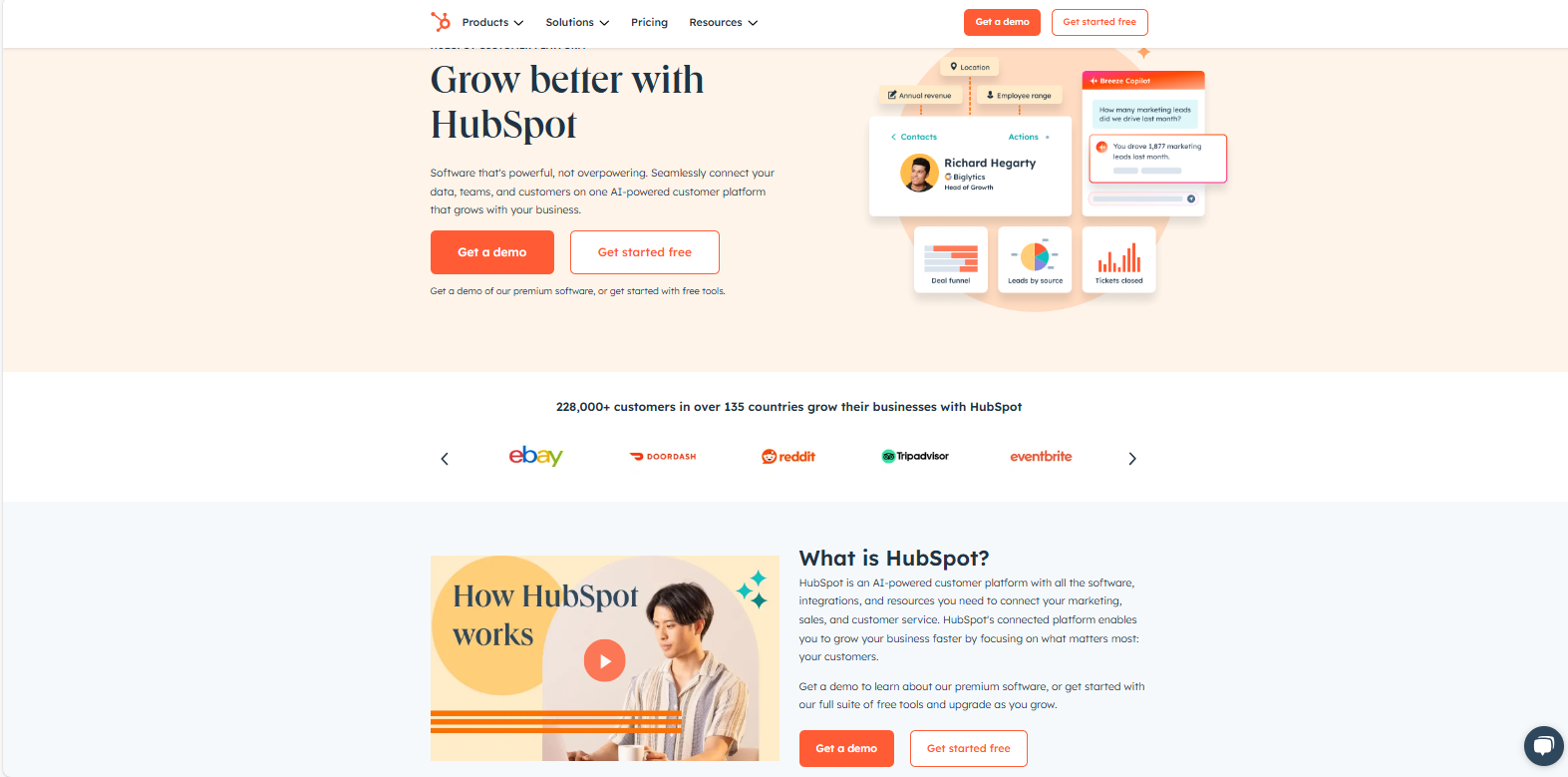
Narrow Focus
Narrowing your focus means focusing on a specific target audience. Craft your landing page to ensure it resonates only with your intended audience.
By narrowing your focus, you can generate more genuine leads cheaply. You can only write your message for a specific audience by knowing their needs, challenges, and desired outcomes.
There is a strategy (5 W’s) that can help you make your ideal customer profile.
For example, if your product is a project management tool for small businesses, focus on your targeted audience’s challenges and how your tool can solve them.
If you want to see a live example of a brand page with a narrow focus, visit Asana’s landing page. They target project managers seeking efficient task management solutions.
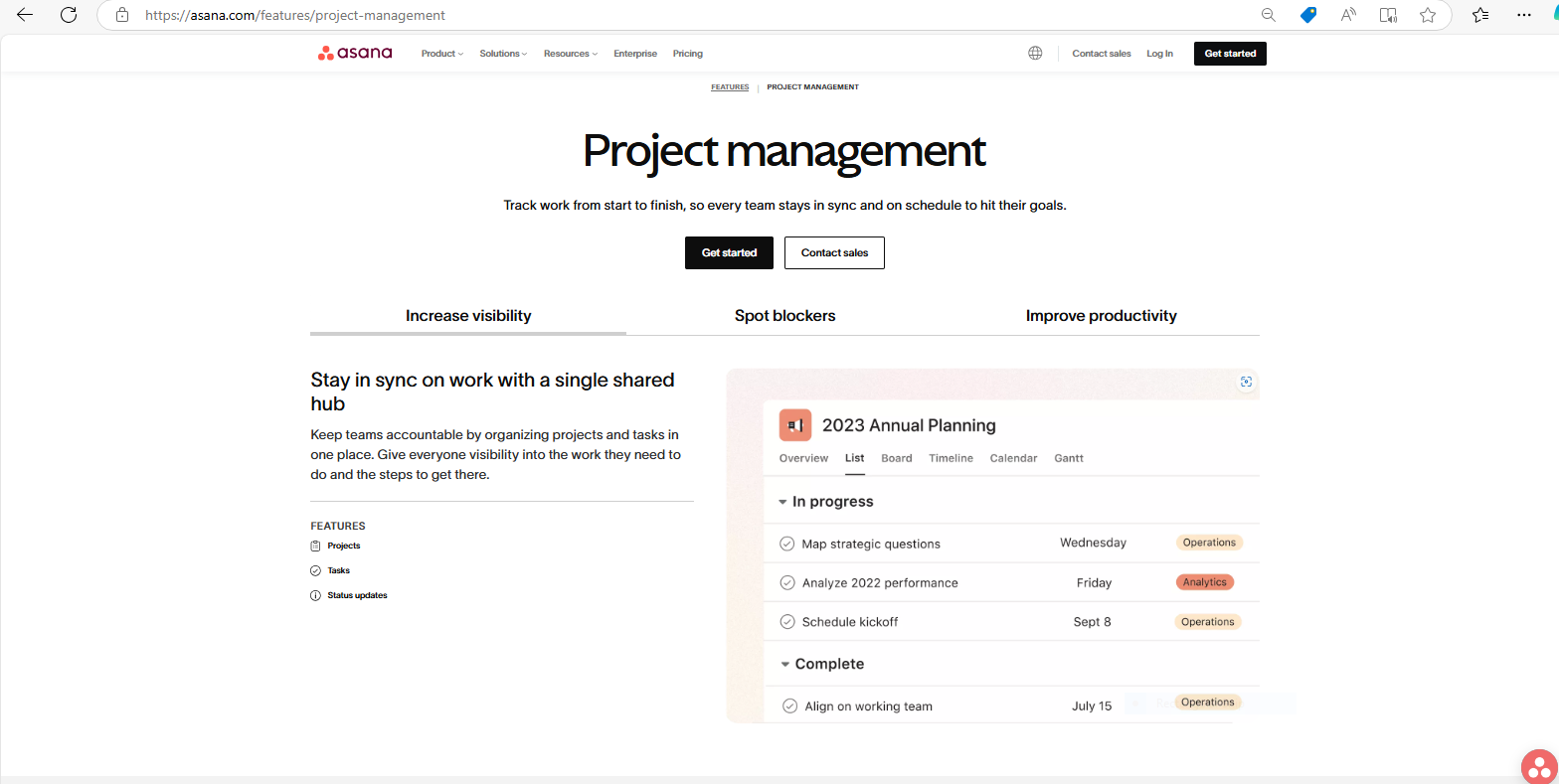
Talk like your Audience
Talking like your audience means your landing page can create a sense of connectivity between you and your audience.
Ensure that when they read your page, they should understand that you know their interests, the negative outcomes they want to avoid, and the benefits they seek.
In your copy, highlight the benefits they are looking for to address their pain point.
Example:
Check out Grammarly’s landing page. Grammarly’s copy resonates with professionals, students, and writers, they highlighted the benefits, such as enhanced credibility and clarity in writing.
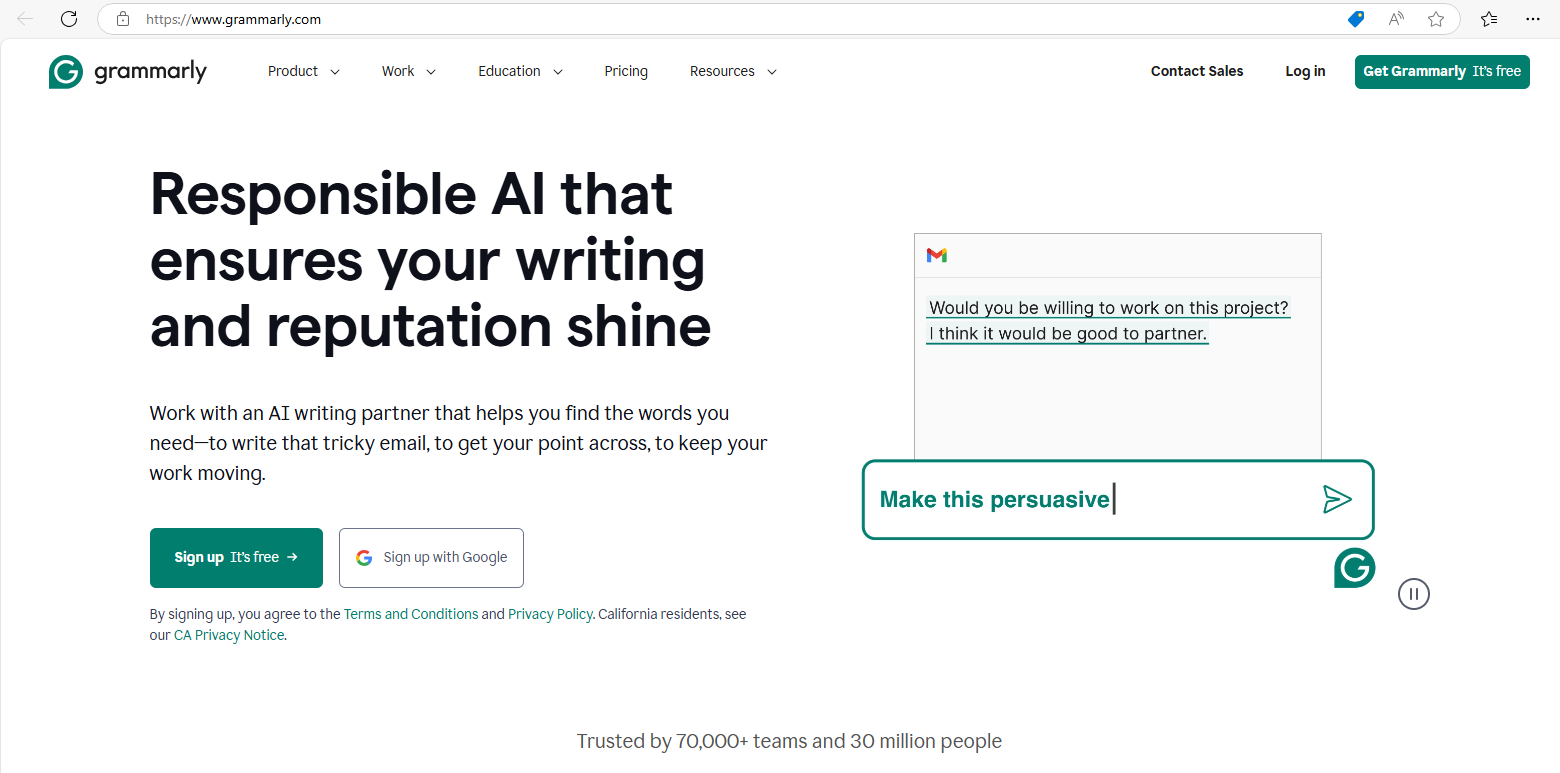
Absolutely irresistible offer
The final essential is to make the offer absolutely irresistible. This means that whatever you offer should be actionable, valuable, and related to your target audience’s needs.
In simple words, make your offer in a way that makes them feel free to share their valuable information in exchange for it.
Example: Free online survey by Online Surveys | Free Survey | Survio®.
Make potential customer Profile
Knowing your potential customers is essential for creating a landing page that resonates with them. You should clearly understand their challenges, needs, and desires.
Let’s understand how you can understand your potential customers. There are two steps to making an ideal customer profile:
Step 1 Seven Questions Checklist To Understand Your Target Audience
In the first step, you need to understand what important points you need to learn about your potential customer.
There is a checklist of 7 questions you need to answer to understand your customer.
What kind of results are they looking for?
Find out the desires and specific outcomes your potential customer is looking for in simple words. Answer what they want to achieve by using your brand and what their goals are.
Example:
Suppose you offer a weight loss product. Your potential customer might want results of losing their weight of 10 pounds in 30 days.
How can This improve potential customers’ lives?
Here, connect the dots between your service or product and the positive outcomes your ideal customer will get from using it.
In simple words, answer this: what benefits will they get?
Example:
Increase in energy level, self-improvement, or boost in self-confidence.
What are the pain points of potential customers?
Make a list of pain points or problems they face by using your product or service.
You must answer this question: What obstacles are prevent your potential customer from achieving their desired goals?
Example:
Struggling with bad diet habits, no time for exercise, etc.
How Would That Ruin Their Lives?
Once you have the list of pain points, your next task is to make a list of how those pain points or problems affect their lives and the negative consequences they are facing.
Here, you have to find the answer to this question: how would your potential customer’s failure to solve their problem affect them?
Example:
Mode swings, terrible health issues, weight gain.
What Appeals to them and Excites them?
Make a list of factors or points that inspire or motivate your potential customer to understand your values. This will help you write a perfect message that resonates deeper.
In simple words, answer this question: What are the main aspects of your service or product that will excite your potential customer?
Example:
Transformation promises a return to a good life, easy steps to follow to use your product or service, efficiency, and organization.
What language and phrases are they using?
List your tone that resonates with your potential customers. Make a list of words they understand, and avoid industry jargon or hard words that can confuse them.
In simple words, understand how they speak words or terms when they discuss their pain or problem and their goals.
Example:
Sustainable diet plan, weight loss quick ways, natural remedies.
What kind of tone do your potential customers trust?
After getting all the answers to the questions I have covered above, in the last step, determine what tone best resonates with your potential customer.
Should it be authoritative, humorous, professional, etc?
Example:
For professional-> authoritative or formal.
For younger-> casual or friendly.
Now that we have done what you have to do to find out about a potential customer let’s move on to the next step.
Step 2: How do you get all the information
In this step, I will discuss four methods for gathering information about your potential customer. These methods will help you answer the question we discussed above.
Method 1:
Use demographics to understand basic trends. Analyze your potential customers’ age, education, occupation, and other relevant information.
How to do this?
Use tools like Facebook Insights, Google Trends, and Analytics. These will help you gather valuable information.
Method 2:
Study how your competitor targets people, what problem they are addressing, and their strategies to convert customers.
How to do this?
Visit their websites, social media pages, or channels to analyze their landing pages and tone to identify their successful tactics.
Method 3:
Review your niche-related forums, groups, or communities, and read comments and posts to understand the concerns and questions raised by your potential customers.
How to do this?
Visit platforms like Reddit and Quora, where you can find your niche-specific communities.
Method 4:
Conduct a survey directly to understand your potential customer’s needs and preferences. This is the best way to get quality data.
How to do this?
Use Google Forms, Survey Monkey, or one of the many other tools available that will help you create a questionnaire. After creating the form, distribute it to your email list. If your business is new, you can run an ad on social media in order to get responses.
Three questions you must answer before start writing
Before writing a landing page for a lead magnet, you should make sure to address three questions which are:
- What are the elements on the Landing page?
- Where has the reader come from?
- What is the next product in the sales funnel?
Let’s discuss each question in detail:
What are the elements on the Landing page?
In order to create an engaging and coherent user experience while creating a landing page, you must know the elements you will use to make it.
Because every landing page we make is tailored to our specific needs, various elements, such as images, videos, headings, subheadings, testimonials, and text, are used in its development.
So, as per your need, you have to have a clear idea about the component that makes your copy attention-grabbing.
Let’s discuss what you need to do here:
Identification of Elements:
Determine what elements are needed to craft the landing page. Do you need only a headline, subheadline, and concise body copy? Or there is a need to include testimonials, detailed or short videos, and detailed Text.
Example: If the landing page includes a video, you might need to write a script that aligns with the page’s overall message.
Inspiration: HubSpot’s landing pages often incorporate a mix of videos, testimonials, and Text. Understanding these elements helps in crafting complementary copy.
Understand the Flow:
Once you have a clear idea about the element you can use, the next step is to understand the flow of the landing page. This will help you create a seamless flow of the copy from one element to the next.
Example:
Suppose your landing page starts with a powerful review provided by a past client. Your subheadline and headline should build on that positive impression, leading to the main body.
Inspiration: Neil Patel’s landing pages effectively use a combination of headlines, subheads, and testimonials to maintain a consistent flow and keep the reader engaged.
Copy Alignment:
After understanding the flow of the landing page, consider how you can align your copy with other elements, such as videos or pictures. A good alignment enhances the persuasiveness and overall impact of the landing page.
Example:
If an image depicts a happy customer using your product, your copy should emphasize the satisfaction and benefits that come with the product.
Inspiration: Mailchimp’s landing pages often feature images and Text that work together to tell a cohesive story.
Where has the visitor come from?
The second important question is where your visitor is coming from. In order to craft copy that resonates with your target audience, you have to have a clear idea of where you are getting visitors.
Do they come from social networks like Facebook, through pay-per-click ads, or email campaigns?
Here, you just have to ensure the promise you make in your social media ad, email campaign, or PPC ad description matches your landing page copy.
What is the next product or service in the sales funnel?
It is very important to understand the final product or service you want your potential customer to purchase through your lead magnet.
According to the sales funnel, your copy must create the pipeline that leads potential customers to a paid product or service.
However, this does not mean that you directly mentioned it in your copy. Ensure your copy creates the right atmosphere for the final product or service.
Write Headline and Sub Headline
After understanding all the requirements needed to craft a lead magnet page, I am going to show you how to write a perfect headline and subheadline for your own landing page.
In this section, I will discuss the headline formulas that will help you craft a headline and how to craft a subheadline.
Formulas To Write Headline
Formula 1: Get the [unusual adjective] benefits/power of [your service or product’s
purpose] without [pain points]:
This headline formula consists of three steps: when crafting your headline, emphasize the outcome should be positive of your service or product while eliminating pain points.
Along with it, using unusual adjectives will help you craft a headline that stands out and grabs the attention of visitors.
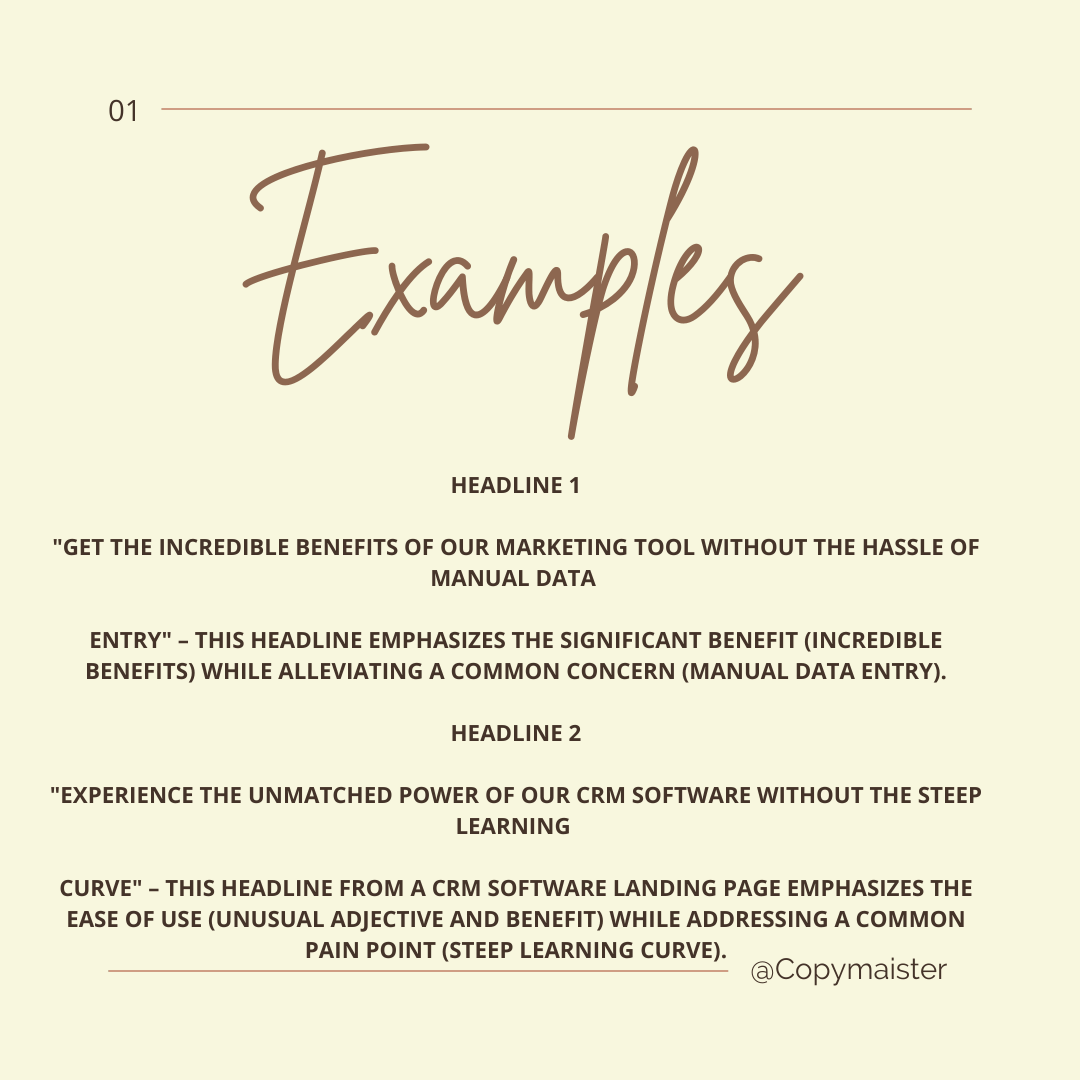
Formula 2: [Adjective] [What you offer] that will [give you crazy results]:
This formula says that while crafting headlines, use strong adjectives in order to describe what you offer, and emphasize the wonderful result it can achieve.

How To Write Sub-headline
Consider subheadlines as an expansion of your headline. They are used to provide details and additional context. Subheadlines should explain how you are delivering what you have promised in your headline.
There are vital tips for writing sub-headlines:
- Use persuasive language.
- Highlight secondary benefits.
- Maintain clarity and relevance.
- Expand on the headline.
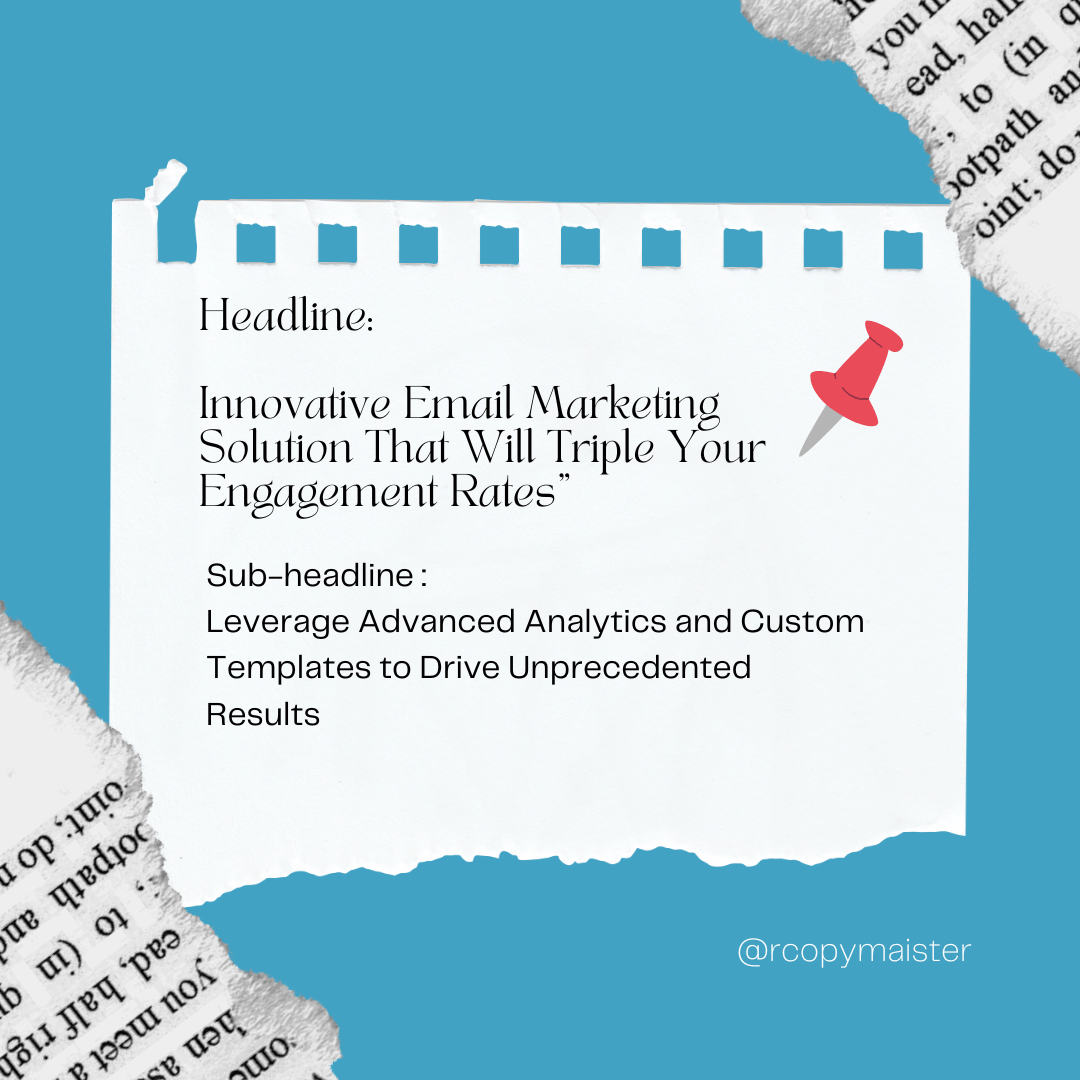
Three Key Tips for Lead Magnet
In this section, I will discuss three essential tips. With the help of Using them, you can craft your lead magnet landing page to convert your visitor into a customer.
After you cover this section, you will know exactly how you can stand out among your competition by creating a hassle-free, full-length lead magnet that will act as your secret weapon.
Let’s explore all three to craft an irresistible lead magnet:
- Tip 1: Be Specific.
- Tip 2: Be Unique.
- Tip 3: Give Pain.
Be Specific
Lacking specificity is one of the biggest mistakes you can find in lead magnet landing pages. It is most important to describe the lead magnet to your target audience.
It is important to mention what they will get specifically; otherwise, you will not convert.
In your lead magnet landing page copy, be specific in the body of the copy, headline, and subheadline.
Let’s look at how you can do that:
- Do not confuse your target audience with irrelevant terms. Directly mention what you are offering in a simple way so they understand what the lead magnet is, such as a personal guide, ebook, checklist, etc.
- Go beyond the headline. Craft a headline that introduces the lead magnet. Along with it, use the subheadline and body of the copy to delve deeper. For example, explain the key takeaways, content, and format.
- Focus on benefits. Do not bother your target audience just with the feature; explain the benefits, such as solving specific problems or saving time.
Let’s take an example of specificity:
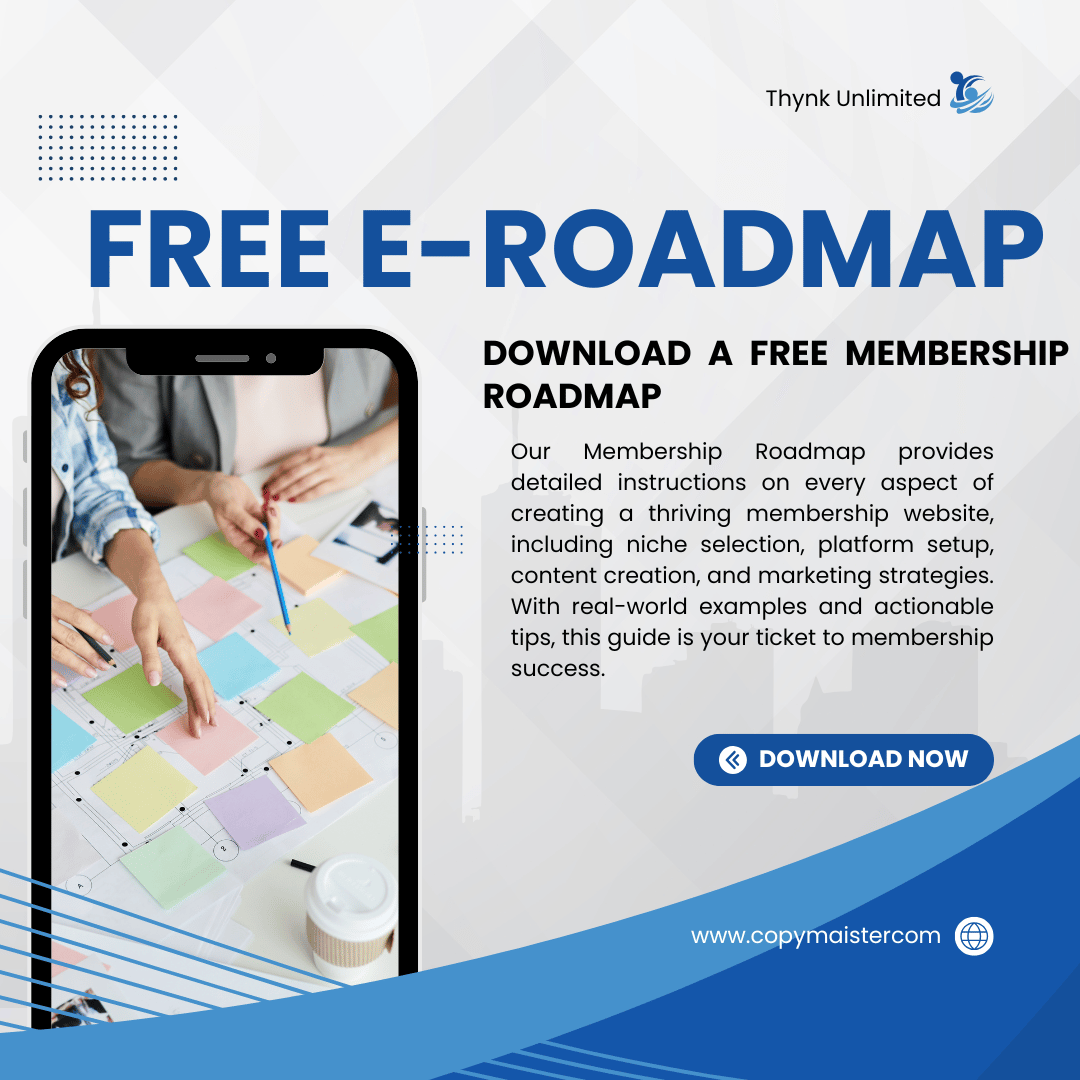
Be Unique
Make your lead magnet landing page copy unique by mentioning the value of the proposition. If your target audience finds that you are the same as your competitor, they will not avail of what you offer.
So you have to make a difference and show them how unique you are by offering the value others are not offering.
In simple words, make you a lead magnet that stands out from the pack.
Let’s discuss how you can be unique:
- You can incorporate uniqueness when focusing on the benefit and value of propositions instead of just listing features to increase word count.
- But it is also important for you to think beyond common benefits and then craft them in your copy.
- Consider these three questions while crafting a copy to make it unique.
-
-
- Does your copy offer exclusive content?
- Is your copy based on your unique expertise or experience?
- Does your copy present information freshly and engagingly?
-

Give Pain
Understanding the two Ps of people’s behavior is essential: pleasure and pain. By using these two Ps, you can create a more effective lead magnet.
It is people’s psychology that are motivated by avoiding pain as much as seeking pain, but you can only incorporate these two pains when you know how to find them.
Let’s discuss a three-step process that can help you uncover pain and pleasure points for your lead magnet.
Step 1: Discover the problem your lead magnet can solve:
Every Lead magnet is made to solve a problem. For example, suppose that your lead magnet helps your target audience build an Email list. So, in your lead magnet, you are addressing the problem of the audience who does not have a subscriber list by offering them your lead magnet, “Ultimate Guide to Building an Email List.”
Example:
Lead Magnet: “The Ultimate Guide to Building a Thriving Email List”
Problem: Businesses struggle to attract and retain email subscribers, hindering their ability to market directly to interested customers.
Step 2: Imagine the downside of Skipping your lead magnet:
This step amplifies the pain point or problem. For example, what happens if they do not make subscribers?
Write down the consequences they may face if they do not downloading your guide, such as less consumer engagement and lost sales.
Example:
Downside: Businesses that don’t build an email list have limited reach and struggle to convert website visitors into paying customers.
Step 3: Highlight the Pleasure Points of Downloading the Lead Magnet:
After finding pain or problem and amplifying the pain or problem, what happens if your target audience does not get your lead magnet?
In step 3, consider what would happen if they downloaded your lead magnet and mention the pleasure they would gain by solving their problem.
Example:
For a lead magnet on building an email subscriber list, the pleasure points include having a viable list to market to, feeling confident in the business, and achieving financial independence.
The person can imagine earning a full-time income, quitting their job, spending more time with family, and living life on their terms.
Craft Compelling CTA
In this section, I will discuss crafting a Call to action (CTA). CTA is simply the desired action we want our target audience to take.
You can use three techniques to craft your compelling Call to action CTA.
Technique 1 Use action words:
With the help of action words, you can create a sense of urgency, emphasizing to the user that this is the right time; otherwise, you will use the opportunity.
Example of action words:
- Get Started Today.
- Download Now.
- Unlock your growth.
Technique 2 incorporates pain points:
In this technique, you infuse your audience’s pain point into your CTA to remind them of the problem they should solve.
Example:
- End Your Struggle with Weight – Join our free Program.
- No more, less ROI- Get your free marketing guide.
- Say bye-bye to Anxiety- Download a free guide.
Technique 3 Make CTA Personalized:
Adding a personalization factor using words like “you” or “your ” in your CTA can make it engaging and relatable.
Example:
- Download your free guide now.
- Get your personalized plan.
- Start your journey today.
Steps You Should Take Before Make Live Your Lead Magnet
This section is all about once you have written your copy and it is ready to live before making it live. Take four steps to make your work more refined.
Step 1: Make it the right length:
The length of your copy directly impacts effectiveness, so make sure your content length is as per need, not too short and not too long. Must ensure that the length matches the goal.
For Example:
If your lead magnet offers a comprehensive guide, you need a detailed introduction and benefits that might go long.
On the other hand, you just need a simple sign-up, so you only need to write a short description.
Whether you are writing a lead magnet for sign-up or a comprehensive guide, just ensure your copy has enough details to engage your target audience.
Step 2: Cut out all repetition
Use Read pen rule proof, read your copy, and remove all unnecessary and repetitive information, ensuring your every sentence moves the reader smoothly to the next step closer to taking action.
Doing this practice will ensure clarity and make each section of your copy serve a clear purpose.
Step 3: Organize your copy
Make sure your copy is organized logically and transparently, including headings, subheadings, body copy, and calls to action.
The idea is to ensure each section leads the reader towards the next section.
Step 4: Setup A/B Testing
A/B testing is essential to know which variation works better, so make 2 or 3 copies of the lead magnet with slight variation.
This practice will help you to refine your lead magnet landing page copy for maximum impact.
Conclusion
In a competitive digital landscape, it is essential to understand how to make landing pages for lead magnets to attract and convert the target audience.
I hope you have learned how to make your lead magnet landing page copy with the help of the tips and techniques I have outlined.
Always Remember whenever crafting copy for lead magnet:
- Be specific: Do not bother your audience. Just clearly mention what pain or problem your lead magnet solves and the benefit your audience will get after getting your lead magnet.
- Be unique: Focus on the unique value of the proposition, emphasize how you are unique, and stand out from all the competition.
- Give Pain: Amplify your audience’s pain to remind them that it’s a significant problem that needs to be solved as soon as possible.
- CTA: create a compelling call to action smartly as per copy need. Use action words, infuse pain points, spark desire, and personalize your CTA.
- Do not Forget these four steps: Before making your landing page live, take four steps: A/b testing, copy organization, ensure the optimal length, and cut out all repetition.
With the help of these strategies, you can craft copy for a lead magnet landing page that generates valuable leads.
So that’s it for now. Take care. If you have any questions, you can send me an email.

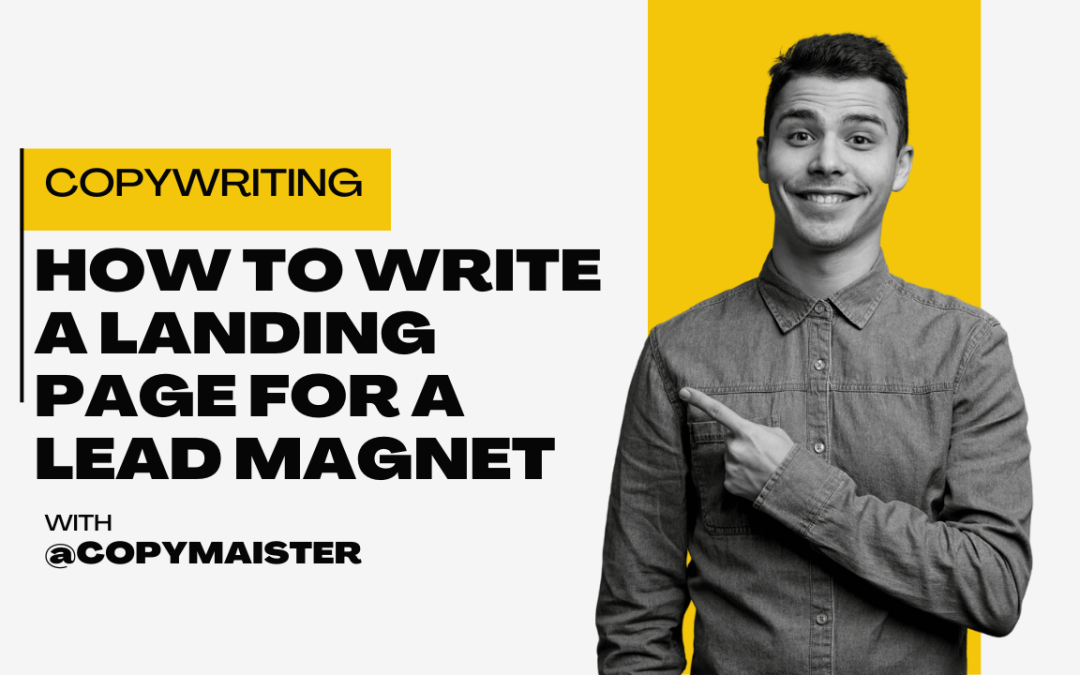
I just could not depart your web site prior to suggesting that I really loved the usual info an individual supply in your visitors Is gonna be back regularly to check up on new posts
Thank you for sharing your personal experience and wisdom with us Your words are so encouraging and uplifting
This helped me solve a problem I’ve been dealing with for a while. Much appreciated!